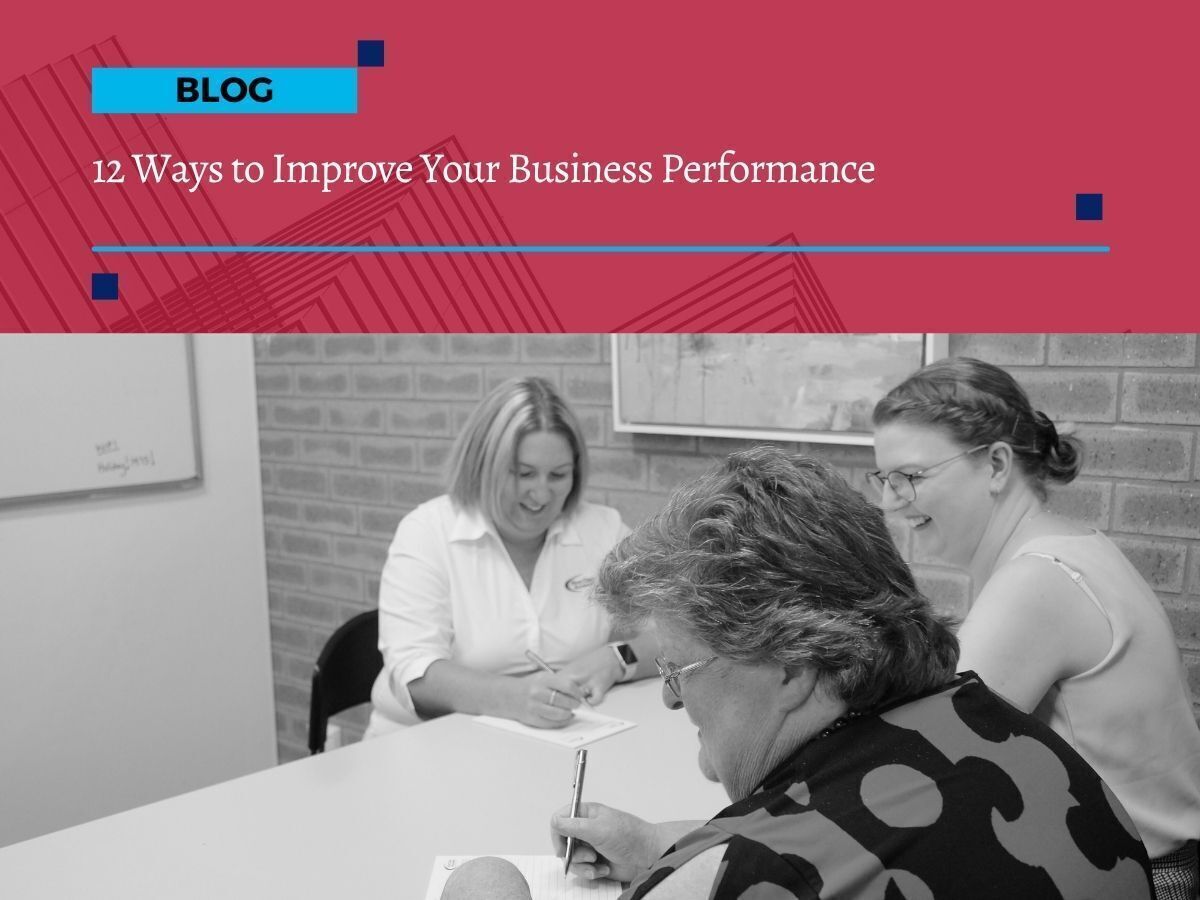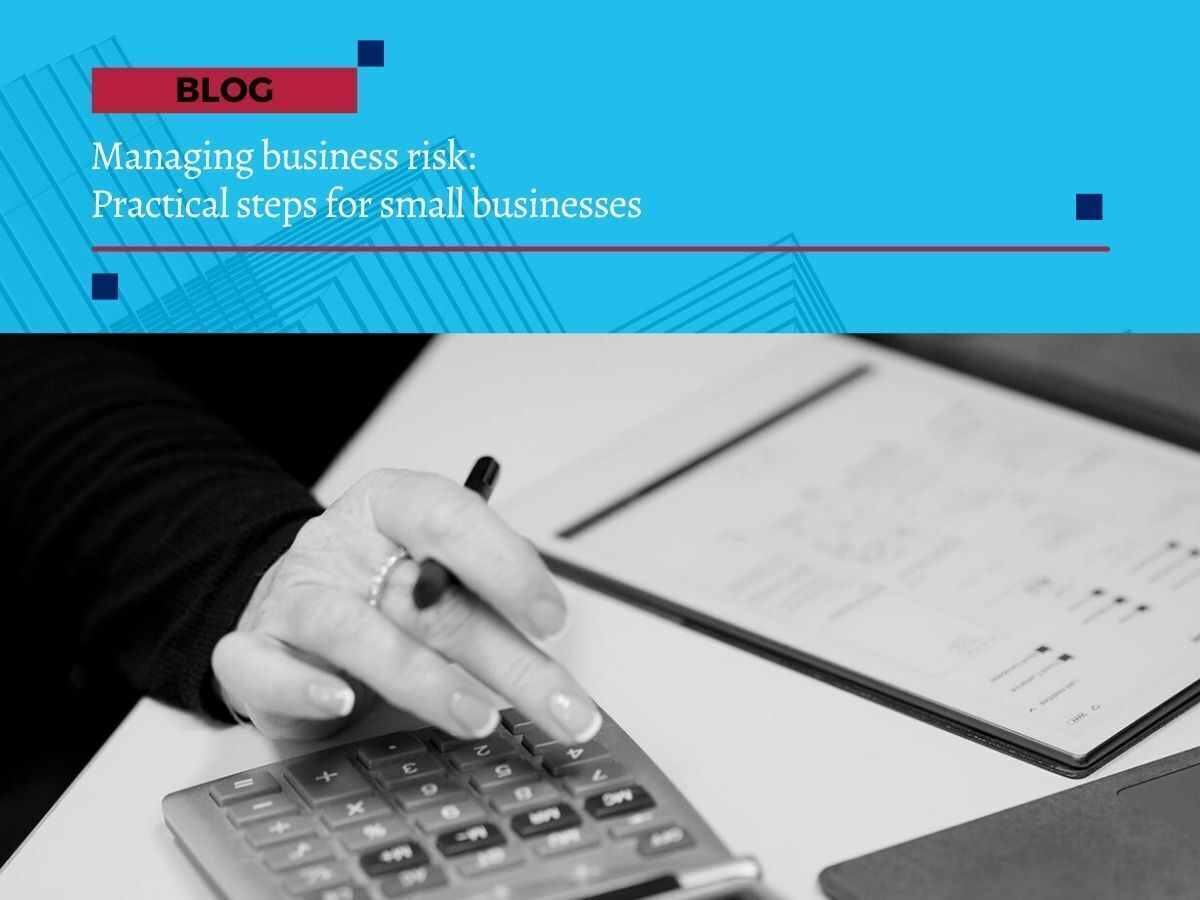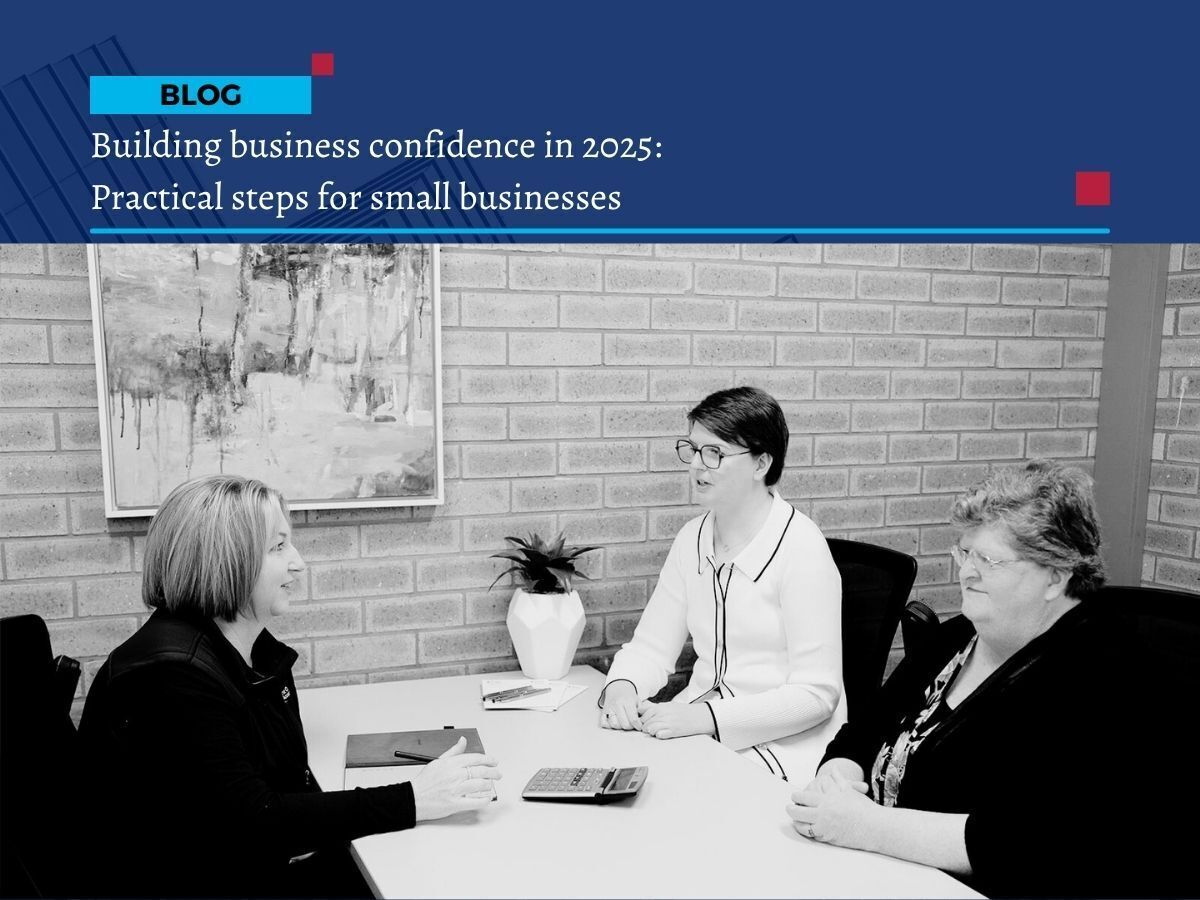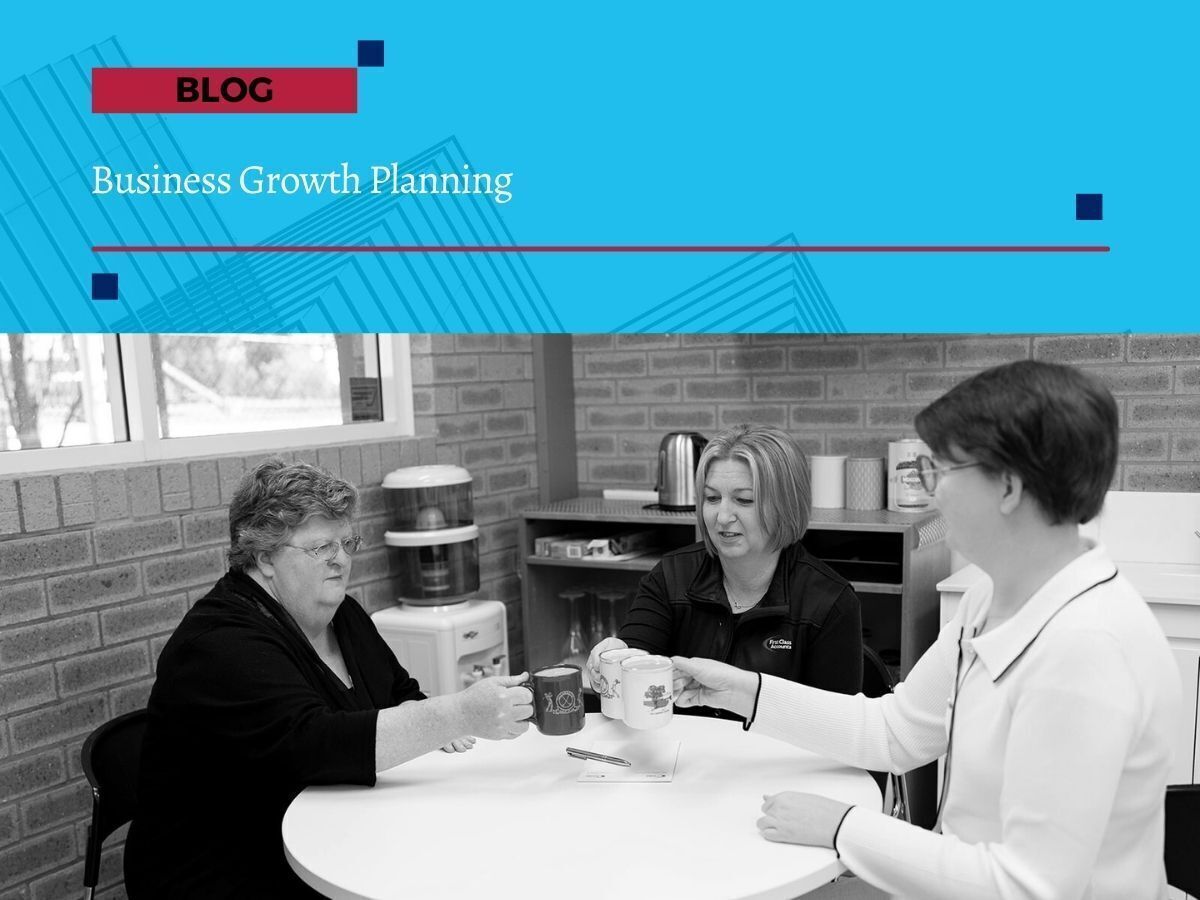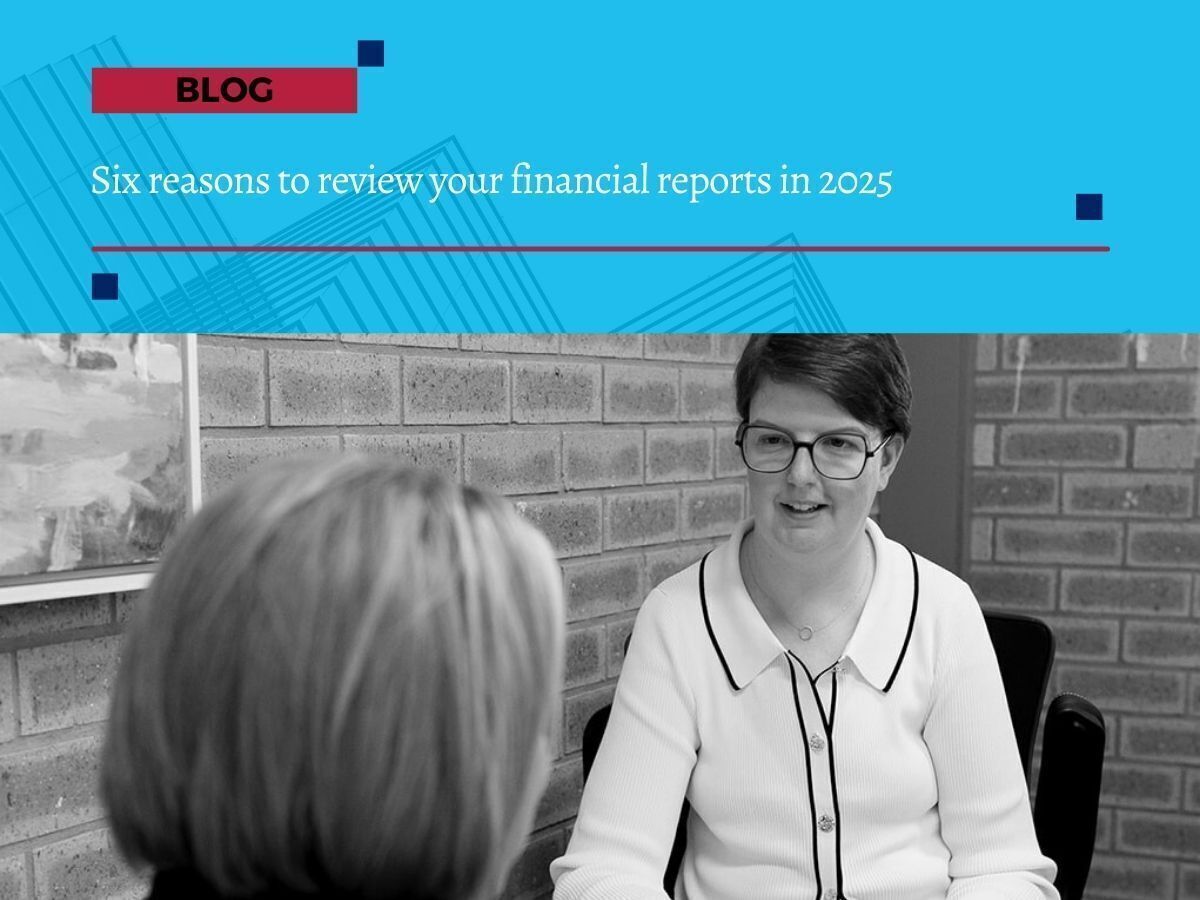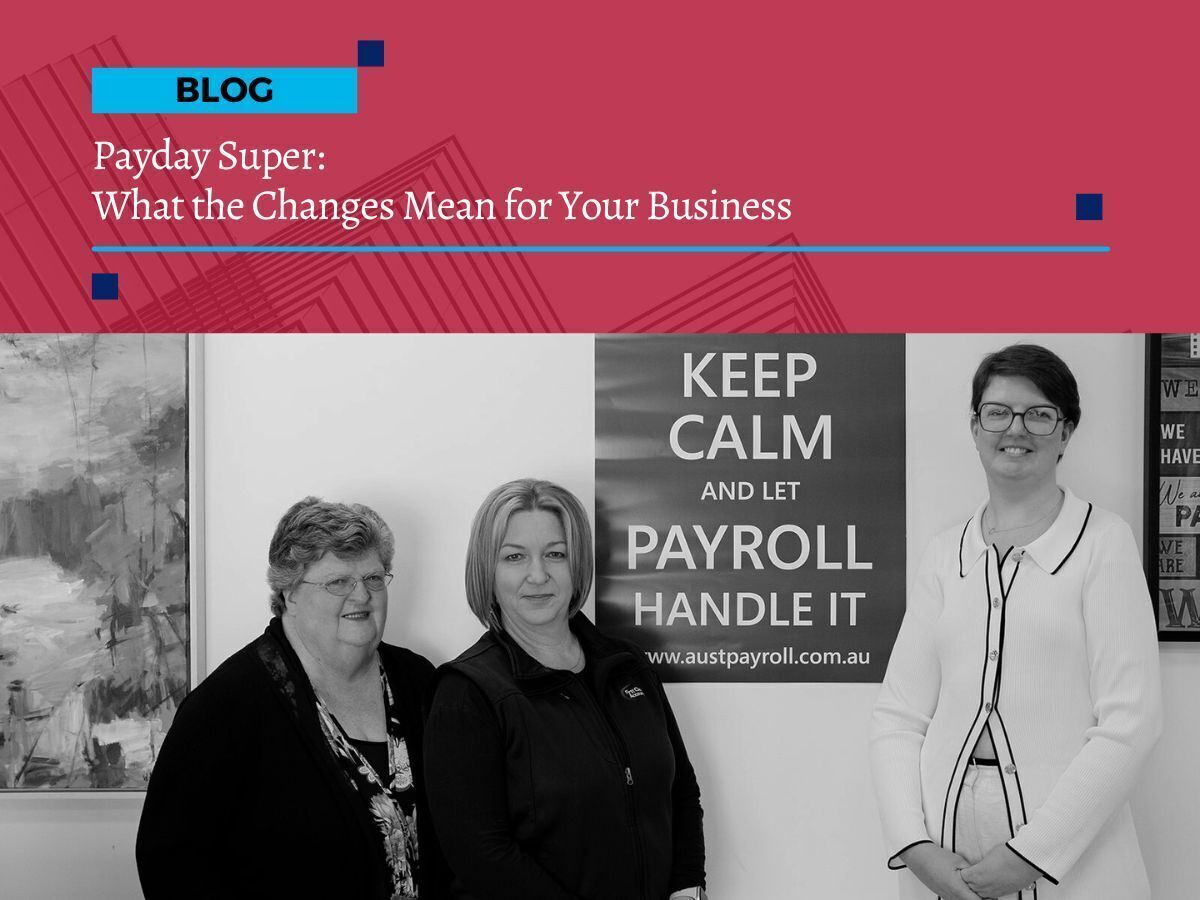
Payday Super: What the Changes Mean for Your Business
Payday Super: What the Changes Mean for Your Business
Back in 2023, the Australian Government announced that from 1 July 2026, employers will be required to pay their employees’ super at the same time as their salary and wages.
‘Payday super’ will move payment of super from the quarterly cycle that businesses are used to, and switch it to a process where employees’ super will be paid within seven days of their usual payment cycle – whether weekly, fortnightly or monthly.
But why the change? And what are the potential effects of moving to payday super?
Impact of payday super for your employees
From 1 July 2026, as an employer, you’ll be required to pay your employees’ super at the same time as their salary and wages.
This change will make it easier for employees to keep track of the super and will boost their overall super fund at retirement. It will also remove the problem of casual workers habitually missing out on quarterly super payments under the current system.
By switching to payday super, a 25-year-old median income earner currently receiving their super quarterly and wages fortnightly could be around $6,000 or 1.5 per cent better off at retirement.
First Class Accounts Ovens & Murray can help you ensure these employee benefits are delivered accurately and on time. We manage payroll and super payments across weekly, fortnightly, or monthly cycles, so your team is always paid correctly, in line with Single Touch Payroll (STP) compliance, and without delays.
Impact of payday super for your business
As of November 2025, the payday super legislation has officially passed Parliament, making the change to more frequent super payments law from 1 July 2026.
Moving to a super system where employer’s contributions are made in line with the employees’ regular payment cycle may not seem like a huge shift. But moving away from the current quarterly system could have a significant effect on your administration time and cashflow.
Let’s look at the potential downsides of payday super for your business:
An increased administrative burden
Paying superannuation with each pay cycle, rather than quarterly, will increase the frequency of your super payments. The added frequency of super payments will add to your administrative and payroll workload, stretching the already limited resources of your small business.
This is where First Class Accounts Ovens & Murray can make a big difference. Our reliable, done-for-you bookkeeping service ensures your payroll and super processes are fully managed, from calculating super contributions to lodging BAS and STP reports. You can stay compliant without adding to your workload.
Unrealistic seven-day super payment timeframe
Small business groups are worried about the proposed seven-day timeframe for super contributions to reach employees' funds. Many feel that administrative pressures, as well as banking and clearing house processes, may make this target unrealistic.
We help clients set up automated payroll and super workflows using Xero-connected apps and clearing house integrations. This makes it easier to meet the seven-day requirement and reduces the risk of processing delays.
Potential for late-payment penalties
The bill states that employers will be penalised for late payments, even if the delays are outside of their control. External issues with super funds or clearing houses could create a risk of unfair penalties that are beyond your control, as the business owner.
Our bookkeeping team monitors your payroll and super obligations to ensure nothing slips through the cracks. With regular reporting and automated alerts, we help you stay ahead of key payment dates and avoid unnecessary penalties.
Closure of the Small Business Superannuation Clearing House
The government plans to close the Small Business Superannuation Clearing House from 1 July 2026. This free online service for managing your super contributions is a vital resource for small employers. Closing it down has been met with a serious backlash from small businesses, with many wondering how their business will manage its superannuation commitments.
If your business currently relies on the Small Business Superannuation Clearing House, First Class Accounts Ovens & Murray can help you transition to a compliant and efficient alternative. We’ll help you select, implement, and train your team on a new super management system that integrates seamlessly with your payroll software.
Talk to us about getting your payroll system ready for payday super
With Labor re-elected as the governing party, and the legislation now passed, payday super will become mandatory from 1 July 2026.
If your payroll process and software systems are lagging behind the requirements for payday super, now’s the time to talk to our team and to update your payroll procedures.
At First Class Accounts Ovens & Murray, we help small business owners prepare for legislative changes like payday super with:
- Full payroll and superannuation management
- STP compliance and reporting
- App setup and automation to streamline super payments
- Real-time cash flow planning and forecasting to manage new payment schedules
Getting Ready for Payday Super
1. What are the new payday super changes?
From 1 July 2026, employers must pay super at the same time as employee wages, rather than quarterly. This aims to improve transparency and help workers grow their super faster.
2. How can I prepare my payroll system for payday super?
Start reviewing your payroll software now. Ensure it can handle super payments every pay cycle. First Class Accounts Ovens & Murray can help you update your payroll processes, automate payments, and stay compliant.
3. Will payday super affect my business cash flow?
Yes, paying super more frequently can impact cash flow. Our team can help you forecast and plan payments so you stay ahead of your obligations without disrupting your operations.


